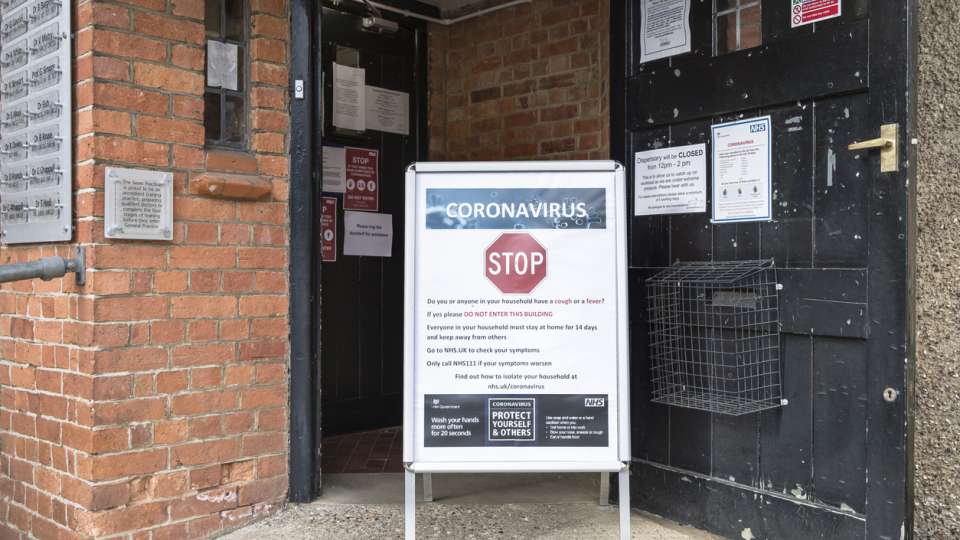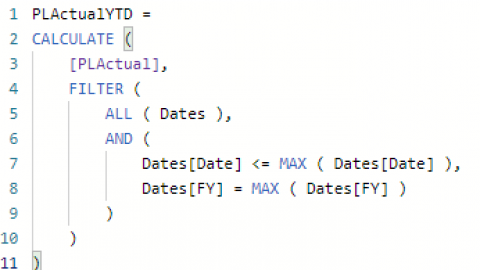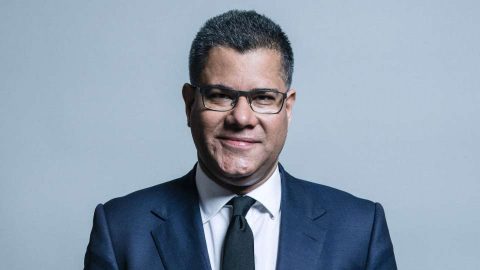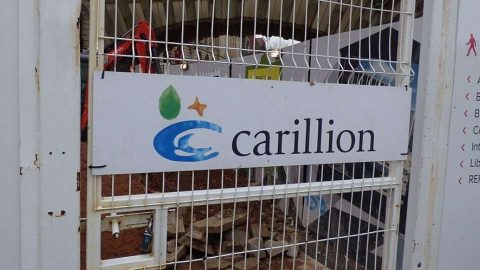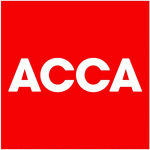Audits slowed but continue in spite of COVID-19
With the warning signs of COVID-19 approaching back in early March, audit firms were faced with the prospect of conducting work under unknown conditions.
However, there were warning signs even before the coronavirus made it as far as Europe. China’s response to the outbreak, before the virus had spread beyond its immediate border, represented a growing concern for some firms.
“We have a manufacturing client with Chinese parents and international operations. The lockdown in China impacted them early and we managed three-quarters of the audit before having to stop,” said Beever and Struthers manager John Toon.
On top of negotiating the implications of the various government announcements, those midway or in the planning stages of audits were forced to reach for their contingency plans.
Responding and planning ahead
Price Bailey had early plans to shift work to a remote-working model with its 120 auditing staff. “We quickly established COBRA meetings with the four team leaders to ensure that audits could continue. You can never be sure how robust IT will be, but it worked very well,” said corporate partner Paul Cullen.
Nonetheless, with the outbreak having a sudden and simultaneous negative impact on almost all clients, the challenges arising as a consequence have been anomalous and unprecedented.
Firms like Beever and Struthers who communicated with clients as early as possible were given an idea of the impact on future resources. “We talked to all our clients and used it as an early warning that some [audits] would be delayed. Some of our housing association clients, for example, could create a distinct bottleneck later in the year if twenty or so deferred,” explained Toon.
Getting as much of the job done as possible
For Cullen, audits have continued apace despite the extensive impact of COVID-19. The majority of Price Bailey’s audits have not been delayed – “it will give us a pinch point later, but 80-90% are continuing. It’s about working together with the client and seeing what is possible”.
“A significant proportion of the work can be done remotely if both sides can play ball,” agrees TC Group charities audit partner Mark Cummins. “If we can get 70% of it done now, and do the rest later. It’s not ideal, but is workable. Clients are very keen to keep things moving if possible”, added Cummins.
Online and cloud computing come into their own
Cloud-based systems hold a distinct advantage when client access is restricted. Many firms were fortunate to already be utilising a range of cloud or online systems when remote working became imperative.
For Cullen, “Using client portals is an effective way of running an audit, even with the team on-site, because seniors can see what’s going on and is a secure way of handling information.”
Having already been set up on cloud-based systems, Beever and Struthers is able to run analytic and management platforms like Inflo over the top. “We get a good view of everything from journal testing, sales process mapping and fraud spotting,” said Toon.
“Of course, the more cloud they are, the easier it is for us to work collaboratively or see data directly.” Circit is also used by the firm for banking confirmation, and Xavier Analytics to measure the data quality of postings and VAT.
Challenges of not being on-site
Practical issues like how to sign off on a stock assessment without site access remain unclear. The Financial Reporting Council (FRC) recently released a review on the use of tech in audit which mentions the use of drones but remains ambiguous on the issue.
Many in the profession believe that the FRC are firm on prohibiting the reliance on drones, while others like Toon taking the more pragmatic view of interpretation: “With stocktake attendance and procedures, you have to attend, but the FRC allows alternative measures if a high degree of certainty can be proved, which opens the doors to video conferencing”.
However, there is still the question of direct access.“If we start the audit and can’t visit, can we complete it? For a typical manufacturing business, we won’t sign off until we can get access,” said Cullen.
Post coronavirus
FRC’s review clearly shows that audit teams are actively exploring many cutting edge ways the quality or efficiency of audit can be improved.
But for Toon, that does not signal their demise but an increase in effectiveness. “I suspect the future is not so much about the robots per se but the analytics and insights it can draw out for human inspection. Audit is very much about judgement, and that’s what we humans do.”
While it’s too early to preempt the future of audit, it is clear that innovative audit processes created to new COVID-19 demands present opportunity for best practice going forward.

